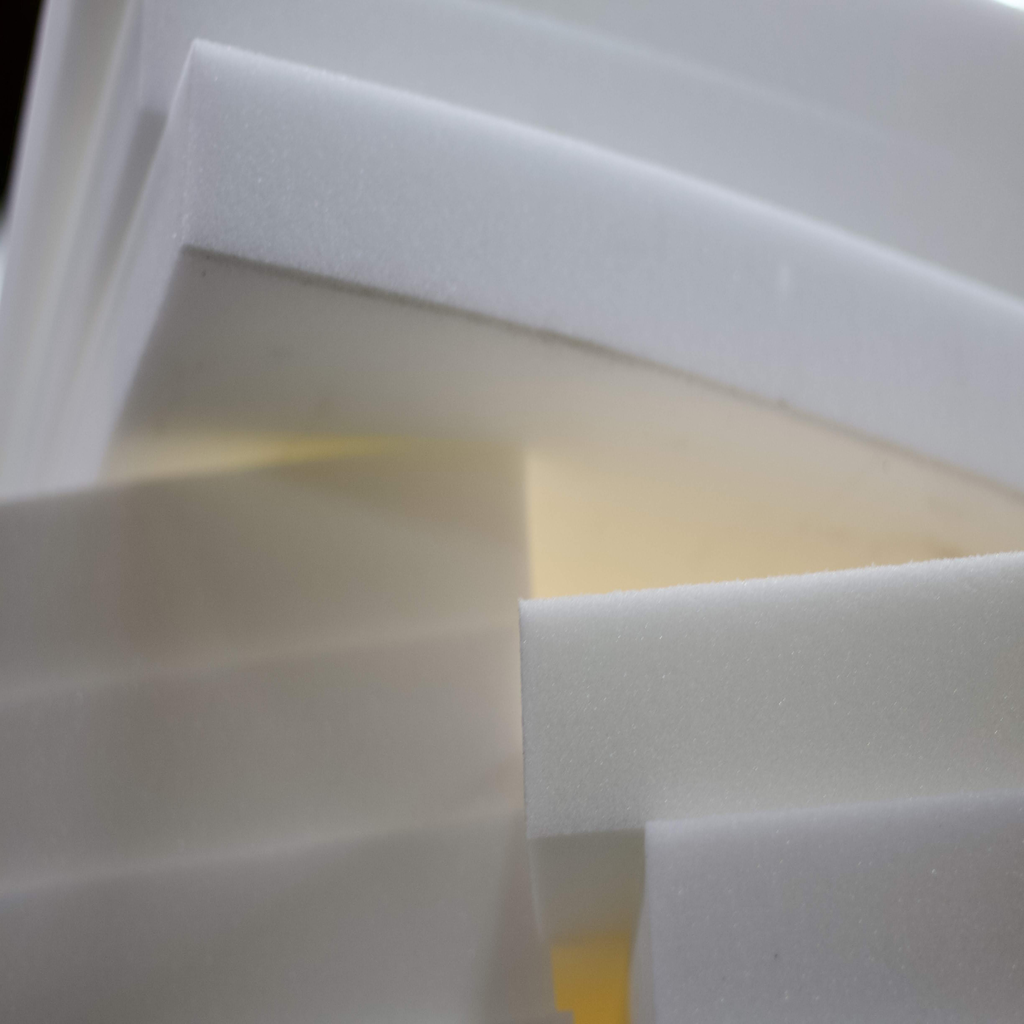18
June
2025
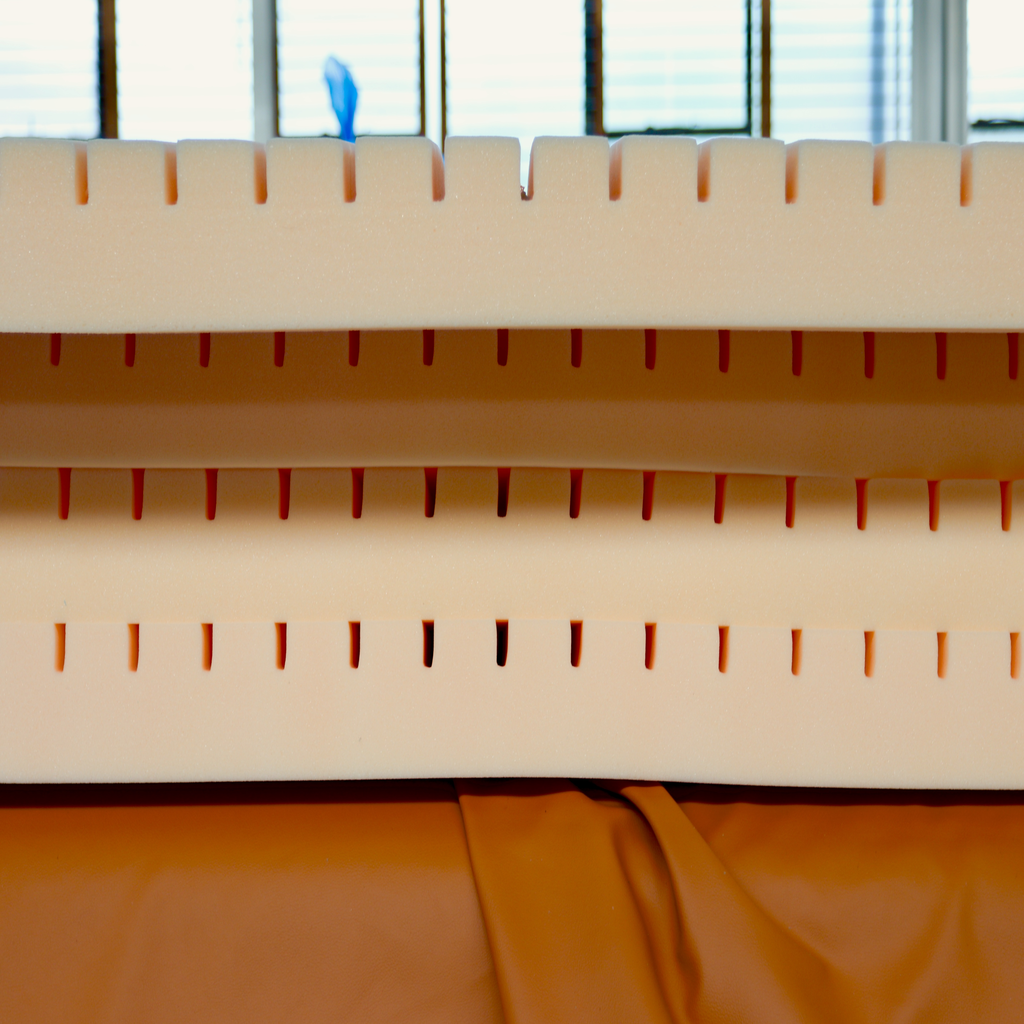
THE USE OF FOAM IN MEDICAL EQUIPMENT AND APPLICATIONS
EXPLANATION OF FOAM IN MEDICAL EQUIPMENT AND APPLICATIONS
Foam has become an essential material in the medical industry due to its unique properties and versatility. Medical-grade foam is made from materials that are safe for human use and meet the rigorous standards of the healthcare industry. This foam is used in a variety of medical applications, including cushioning and support for patients, wound care, and medical equipment.
Foam is used in medical equipment such as hospital beds, operating tables, wheelchairs, and patient positioning systems. Foam cushioning is used in medical devices such as braces, orthotics, and prosthetics. Foam also plays a critical role in wound care, with specialized foam dressings used to manage fluid levels, promote healing, and prevent infection.
IMPORTANCE OF FOAM IN THE MEDICAL INDUSTRY
Foam’s importance in the medical industry lies in its ability to provide comfort, support, and protection to patients, while also meeting the stringent safety and hygiene standards required in healthcare settings. Medical-grade foam is designed to be hypoallergenic, antimicrobial, and resistant to bacteria and viruses, making it a reliable and safe material for use in medical devices and equipment.
Foam’s properties also make it an ideal material for use in applications that require customization or molding to a patient’s specific needs. Foam can be easily shaped and cut to fit the contours of the human body, making it an ideal material for creating custom orthotics, prosthetics, and other medical devices.
Overall, foam plays an important role in the medical industry, providing vital support, comfort, and protection to patients while meeting the rigorous standards required in healthcare settings.
HISTORY OF FOAM IN MEDICAL EQUIPMENT AND APPLICATIONS
EARLY USES OF FOAM IN MEDICAL EQUIPMENT
Foam has been used in the medical field for decades, starting with simple applications such as padding and cushioning. Foam pads were used to cushion the skin and bones, preventing pressure sores and providing comfort to patients. Foam was also used to make splints, casts, and other medical devices that required cushioning and support.
EVOLUTION OF FOAM IN MEDICAL APPLICATIONS
The use of foam in medical applications has evolved significantly over the years, with advancements in technology and materials. Today, foam is used in a wide range of medical equipment and applications such as prosthetics, orthotics, wound care, and surgical implants. The foam used in medical applications is often specialized and has unique properties such as anti-microbial, anti-static, and anti-inflammatory properties.
MAJOR MILESTONES IN THE USE OF FOAM IN MEDICAL EQUIPMENT
One of the major milestones in the use of foam in medical equipment is the development of memory foam. Memory foam was first developed by NASA in the 1960s to improve the safety of aircraft cushions. This technology was later adapted for use in medical equipment, particularly in pressure-relieving mattresses and cushions.
Another major milestone is the development of closed-cell foam, which is used extensively in medical applications due to its waterproof and anti-bacterial properties. Closed-cell foam is commonly used in wound care applications, including dressings and bandages.
In recent years, there has been a growing interest in the use of foam in 3D printing of medical implants and devices. 3D printing allows for the creation of complex shapes and structures, making it possible to produce customized implants that fit patients perfectly.
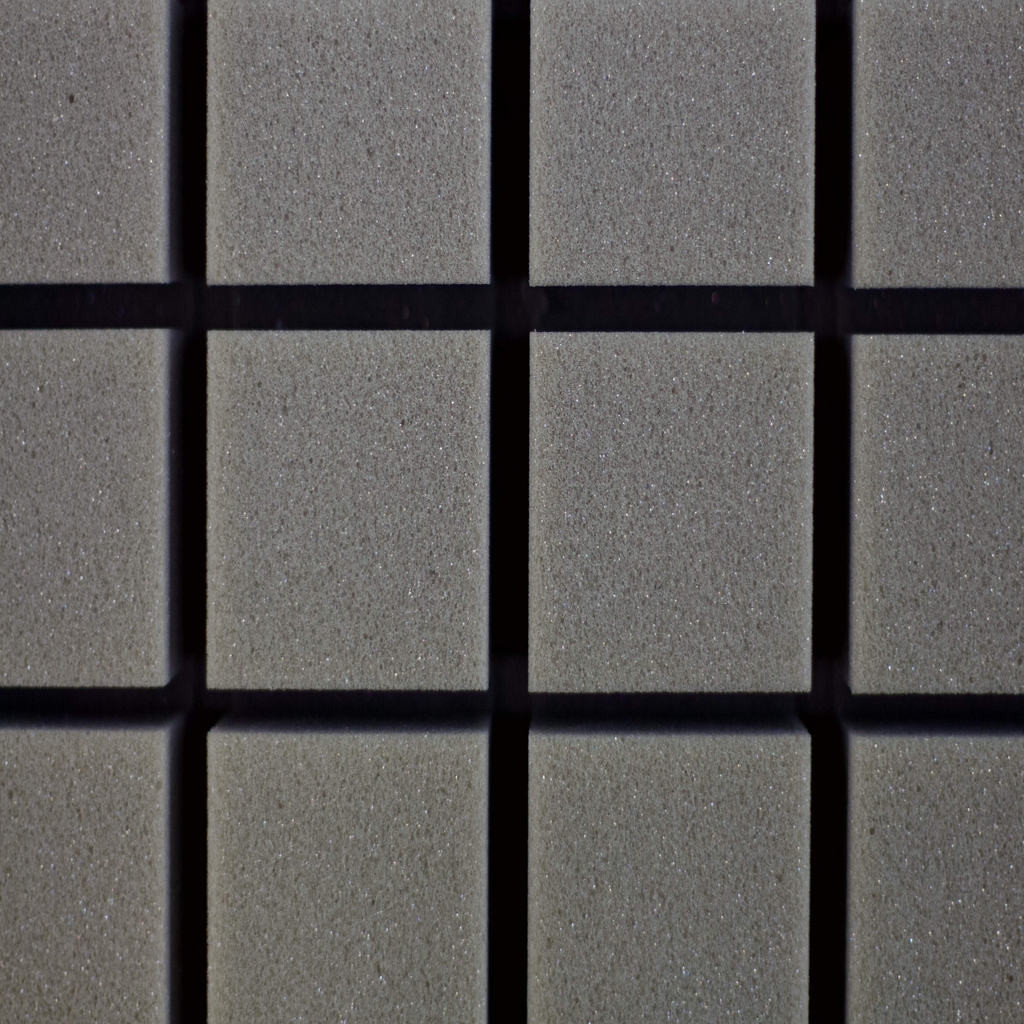
TYPES OF FOAM USED IN MEDICAL EQUIPMENT AND APPLICATIONS
POLYURETHANE FOAM
Polyurethane foam is widely used in the medical industry because of its excellent properties. Its ability to be molded into various shapes and sizes makes it perfect for use in medical equipment such as cushions, mattresses, and other patient positioning devices. Polyurethane foam is also used in wound dressings and bandages, providing a comfortable and breathable cushioning effect that helps promote healing. Moreover, it is resistant to fluids and stains, making it easy to clean and maintain in a sterile environment.
MEMORY FOAM
Memory foam is another type of foam that has gained popularity in the medical industry in recent years. Its ability to conform to the body’s shape makes it ideal for use in pressure relief and support surfaces, such as mattresses and wheelchair cushions. Memory foam also has a low resilience, which means it can absorb and distribute pressure more evenly, reducing the risk of pressure ulcers. It is also hypoallergenic and antimicrobial, making it suitable for use in medical applications.
SILICONE FOAM
Silicone foam is a type of foam that is used in medical applications due to its biocompatibility and non-toxic nature. It is used as a cushioning material in prosthetic devices, providing comfort and support to amputees. It is also used in medical implants, such as breast implants, due to its durability and flexibility. Additionally, silicone foam is resistant to bacteria and can withstand sterilization procedures, making it a popular choice in medical applications.
OTHER TYPES OF FOAM
Other types of foam used in medical applications include latex foam, neoprene foam, and polyethylene foam. Latex foam is used in surgical gloves, catheters, and other medical devices due to its elasticity and resistance to tearing. Neoprene foam is used in braces and support devices, as it provides compression and support. Polyethylene foam is used in packaging and cushioning medical equipment during transportation.
Overall, the use of foam in medical equipment and applications has revolutionized the healthcare industry by providing comfort, support, and safety to patients. With the advancement of technology, new types of foam are being developed and used in various medical applications, improving patient outcomes and quality of life.
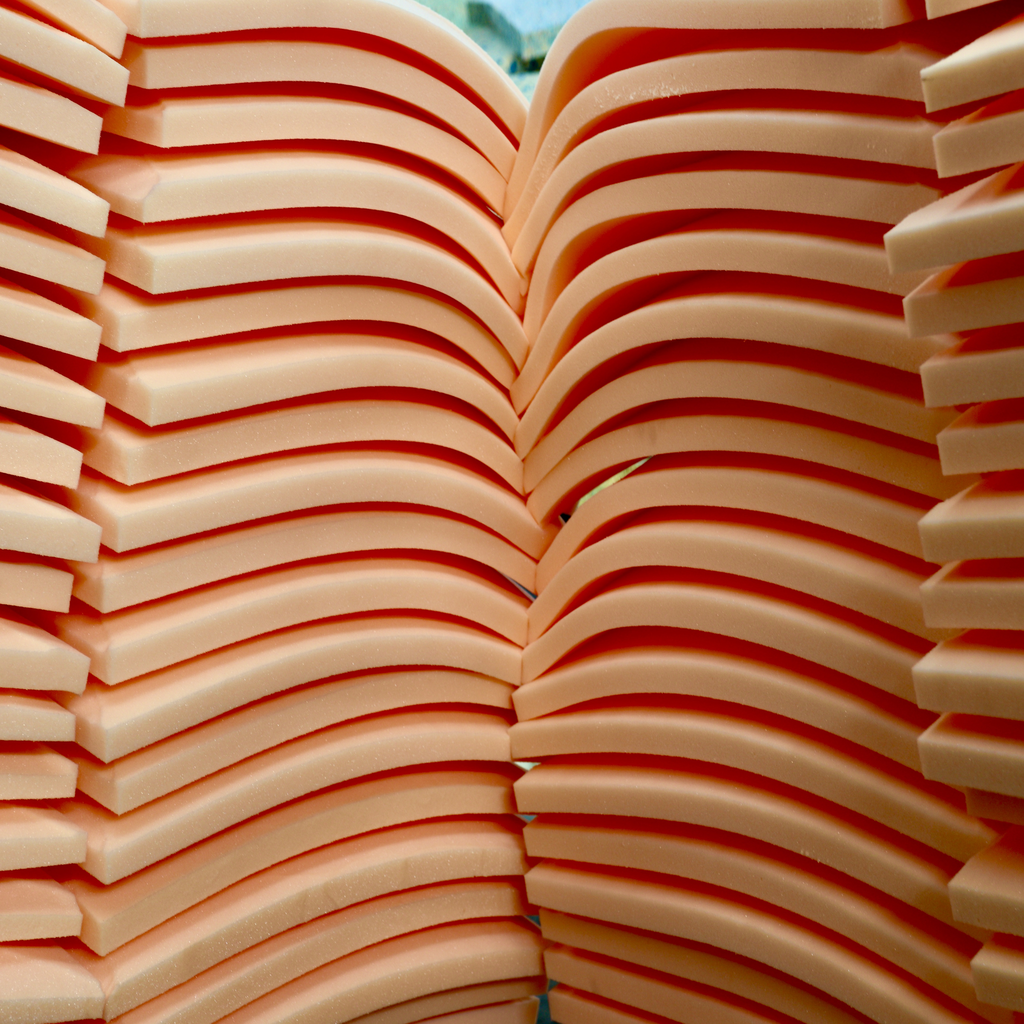
ADVANTAGES OF FOAM IN MEDICAL EQUIPMENT AND APPLICATIONS
COMFORT AND SUPPORT
Foam provides exceptional comfort and support in medical equipment, making it an ideal material for use in products like mattresses, seat cushions, and backrests. Medical foam can be engineered to provide a customized level of support for the human body. This is particularly important for patients who are bedridden or in wheelchairs for extended periods. Foam can also help alleviate pressure points and reduce the risk of developing bedsores, making it an important material for patient care.
CUSHIONING AND IMPACT ABSORPTION
Foam is known for its excellent cushioning and impact absorption properties, which are essential in the medical field. Medical foam can be used in products such as splints, orthotics, and prosthetics to provide cushioning and shock absorption. It can also be used in packaging for medical devices and equipment to protect them during shipping and handling.
HYGIENIC PROPERTIES
Medical foam is designed to be easy to clean and maintain, making it an ideal material for use in medical equipment and applications. It is resistant to bacteria and other microorganisms, which is crucial in healthcare settings where infection control is critical. Medical foam can be treated with antimicrobial agents to provide even greater protection against bacteria and other pathogens.
LIGHTWEIGHT AND VERSATILE
Medical foam is lightweight and versatile, making it an ideal material for a wide range of medical applications. It can be molded into different shapes and sizes to meet specific design requirements. It can also be laminated with other materials to create composites with unique properties. Additionally, foam can be made in different densities and firmness levels, making it a highly customizable material for medical applications.
RECAP OF THE USE OF FOAM IN MEDICAL EQUIPMENT AND APPLICATIONS
Foam has proven to be a versatile material in the medical industry, with a wide range of applications in various medical devices and equipment. One of the most common uses of foam in medical applications is for cushioning and support. For example, foam pads are often used in surgical tables to provide comfort and support during lengthy procedures. Foam is also used in the construction of medical imaging tables, stretchers, and transport chairs, providing patients with comfortable and secure support.
Another application of foam in the medical industry is in wound care. Foam dressings are commonly used to absorb exudate from wounds, promote healing, and reduce pain. These dressings come in different shapes and sizes to accommodate various wound types and locations, and are often made of non-adherent foam to minimize pain and tissue trauma during removal.
Foam is also used in the manufacturing of prosthetics and orthotics. Foam liners are often used in prosthetic limbs to provide cushioning and comfort, while custom-fitted foam inserts can be used in orthotic braces to provide support and stability. In addition, foam can be molded to specific body contours to create custom-fit prosthetic or orthotic devices.
FUTURE DEVELOPMENTS AND INNOVATIONS IN THE MEDICAL INDUSTRY INVOLVING FOAM
As technology continues to advance, there are many exciting possibilities for the use of foam in medical applications. For example, researchers are exploring the use of foam in regenerative medicine, using biodegradable foam scaffolds to promote tissue regeneration and repair. This could have applications in wound healing, as well as in the regeneration of bone, cartilage, and other tissues.
Another area of innovation is in the development of foam-based sensors for medical monitoring. These sensors could be used to monitor vital signs and other health indicators, allowing for real-time tracking of patient health and alerting medical professionals to any issues that require attention.
Finally, foam is being used in the development of smart medical textiles, such as compression garments with embedded foam sensors that can adjust pressure levels based on patient needs. These innovations have the potential to revolutionize the medical industry and improve patient outcomes, and researchers are continuing to explore the many possibilities for foam in medical applications.
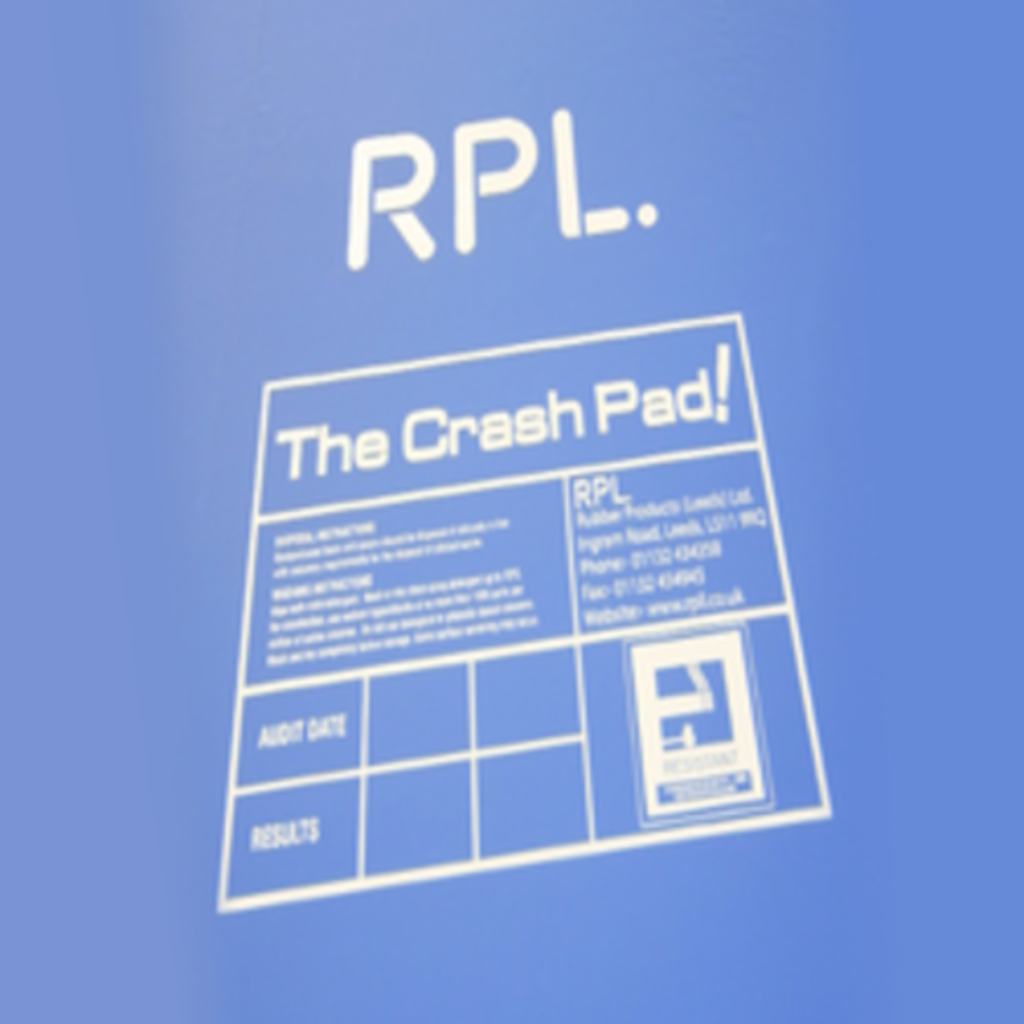
Contact us today or requests a call back. We’ll do our very best to help you with your query and someone’s always available to chat.
Rubber Products (Leeds) Limited, Ingram Road, Holbeck, Leeds LS11 9RQ
0113 243 4358
sales@rpll.co.uk
Mon – Thurs 7.30am – 4.30pm
Fri 7.30am – 3.30pm



